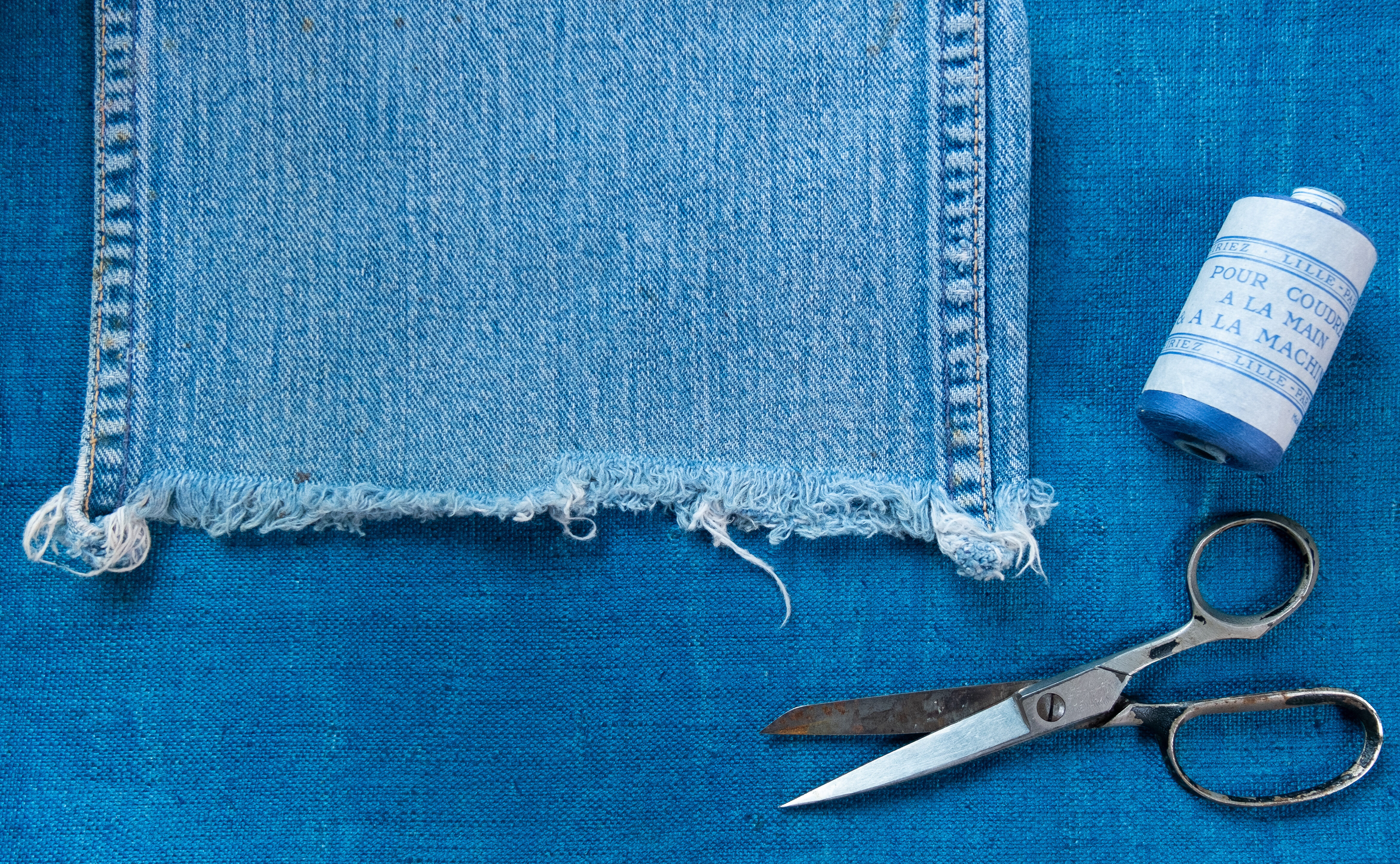
Much of our everyday language—in the form of idioms, clichés, or metaphors—makes reference to textiles. Using these phrases, we weave stories, spin tales, and thread narratives. But where do these expressions come from, and what do they mean?
In a blog series posted on intermittent Mondays, we will be unpacking textile-related idioms. Stay tuned to learn their metaphorical and historical meanings.

When you hem a garment, you generally take the raw edge of the fabric, fold or roll it onto itself, and then stitch down the edge so that it sits flat and doesn’t fray. The threads, trapped inside the fabric, are protected from daily use, cleaning, and time. There are many types of hems— don’t cancel us but we think a felled seam qualifies. “Hem” comes to English from Proto-German, meaning the border of a piece of cloth. To be hemmed in is to be trapped, unable to grow or change.
A hem on an article of clothing is a good thing: it prolongs the life of the garment, keeps it tidy and intact. The social expectations we may feel hemmed in by also have their use: they keep us safe, they prevent us from going into the world unprotected. When a seam restricts movement, a smart sewist undoes the hem to let the garment out a bit. Readjustment is just sometimes a part of the growing pains. If you’re feeling hemmed in right now by the people around you and the state of the world, look for ways to readjust your life’s fabric so that it will fit you more comfortably.
